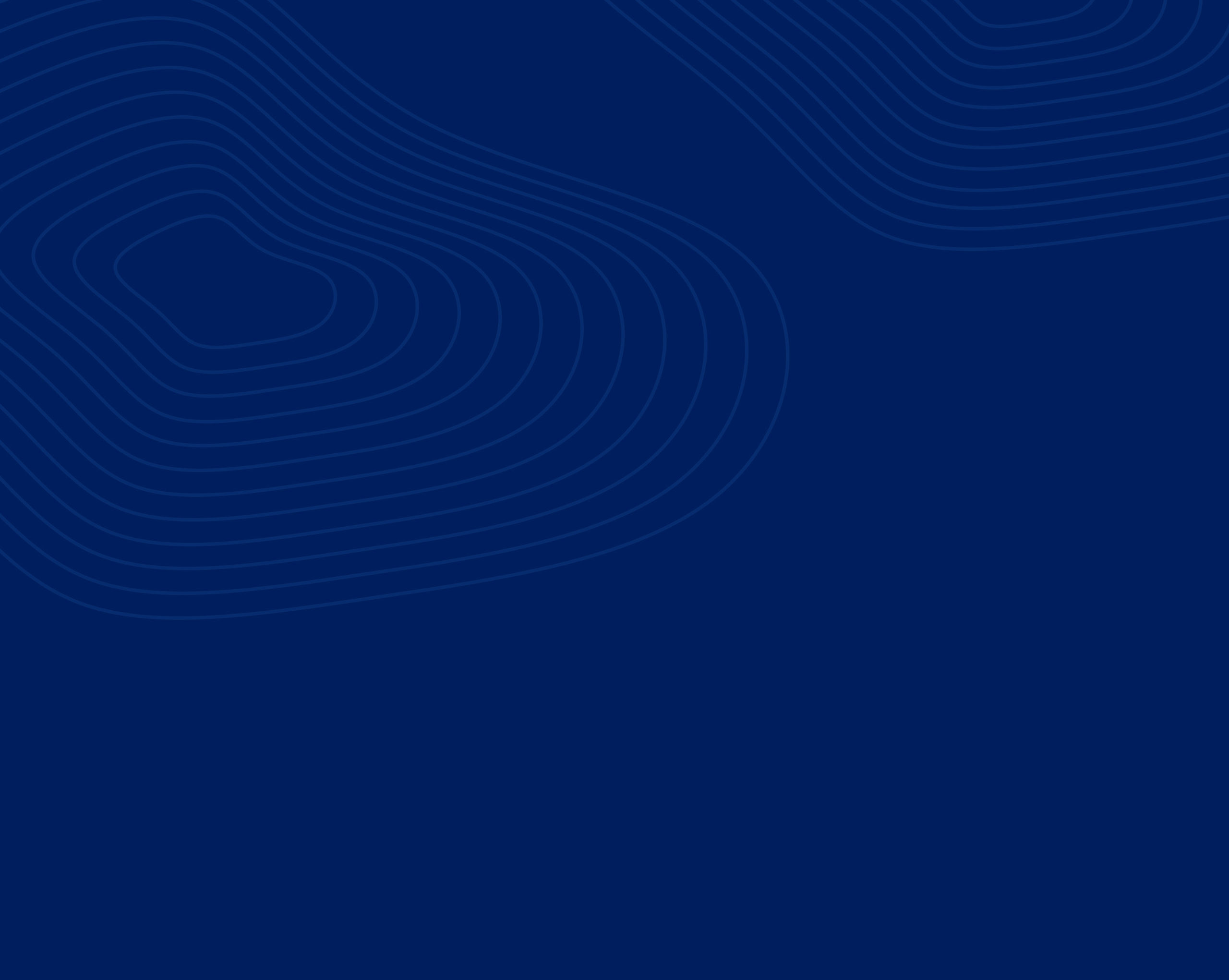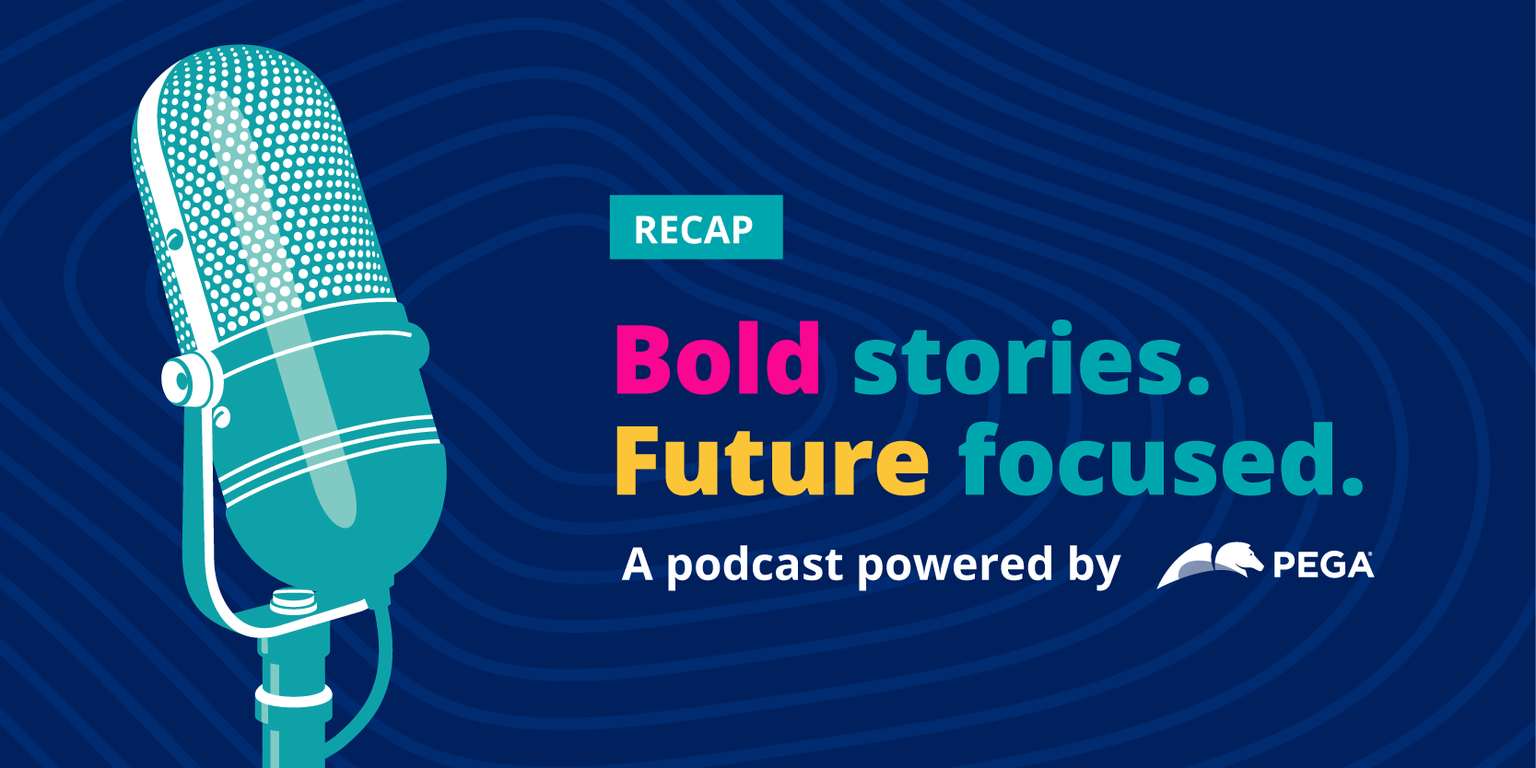This past year, we’ve seen a remarkable transformation in how we work. From collaborating with employees to engaging customers, technology allowed us to continue to function amid a global crisis. Now that some areas are opening back up, will we return to a life just like before? Practices adopted during the pandemic, such as remote work, virtual engagement, and collaborative low-code app development are proving to be more efficient for businesses, more practical for employees, and more convenient for customers. In many businesses, they are here to stay.
To further explore the future of work, we’ve excerpted a conversation from episode four of our podcast, Bold stories. Future focused. featuring design thinking expert Clay Richardson and our podcast host, Jo Richardson (no relation). In this episode, Clay discusses how some of the innovative tactics we saw during the pandemic fit into his predictions for the future of work. Clay is CEO and Chief Excelerator of Digital FastForward, a consulting company that empowers companies to unleash their full creative and innovative potentials. Prior to Digital FastForward, Clay worked at Forrester Research where he oversaw research and client advisory projects on digital innovation, lean startup practices, and design thinking.
Q: At Digital FastForward, did you notice any under-recognized leadership approaches or methodologies, anything flying under the radar that's working surprisingly well for this intense pandemic paradigm we're all living in?
A: It's such a brilliant question because, one of the research studies that we did with Pega was on designing the future of work. And so, we talked to leaders at 40 different companies and analyzed what was happening with them, how they were changing and adapting, what was working, not working. And we came away with some things that I didn't expect. One of the things that we heard is really low-tech, low-touch ways to ideate and brainstorm. So using Google Sheets, I'd never thought of it as a collaboration tool. Right? But one team was sharing with us, they did a whole brainstorm session where they just had Google Sheets for people to type in their ideas and write their ideas. And one of the things with Google Sheets, again, it's low tech, but they were able to see each other's ideas in a very simple way. So they didn't have to learn new technology. Everyone on the team already knew how to use a spreadsheet. What's interesting now is, that technology is there.
The need to go faster with innovation and get more people involved in the innovation process shines a bright light on low code. You know, if we look at COVID, a lot of teams were trying to experiment with new ideas very quickly, very short timeframes. And we're talking some days, weeks, and months. Like, one of our clients, one of the clients we work with, a bank, they needed to launch a new application so that they could increase the number of PPP loans they could process. Because they were getting all these applications, but they couldn't get a process. And so, we did a weekend sprint with them ... Using low code, built out a solution experiment in a weekend. That solution, they were able to use to drive almost a quarter of a billion dollars in loans in a very short period of time. And so, that, that's really that low-code piece that becomes really critical.
But it's so important now with remote work and virtual, that we begin to design conversations as leaders. It's not enough to just say, "Okay, we're all gonna hop on Zoom," or whatever you're using as a leader. You have to think about and prep a little bit for, who's in the room, what are their personalities, and who do you need to pull out? One of the leaders that we interviewed for the design of future of work research was saying once he went remote to a distributed team, he actually realized there were people on his team who would [give] genius-level feedback that he didn't even pick up on before. And so, as innovation leaders, designing those conversations becomes critical.

Bold
stories.
Future
focused.
Q: Do you think that there are particular leadership skills that people have had to particularly focus on and really polish up, or leadership skills that, they're only leadership skills that you need in this situation?
A: How do you as a leader convey energy over a virtual environment? We have a coach that we work with that is also working with us on, how do you build trust in a virtual team environment, or with customers? ...We could have lunch; I could be charming and all this stuff. And then we could do business. How do you do charm over virtual (laughs), right? There's a way to do it. It's really about confidence. It's about showing up five minutes early. It's about that reliability. And it may take a little bit longer, but that's the key piece.
Q: So really, what does Digital FastForward see as, as critical for businesses and leaders for the next sort of one to five years? And also, in relation to the recordings that you listened to?
A: I mean, I really I think we're not going to go back anytime soon to pre-pandemic levels of in-office work or in-office collaboration. I think I was a little bit shocked when we were doing the research, where one executive basically said, "You know, we expect it to flip. Pre-pandemic, we had 80% of people in the office, 20% at home. Post-pandemic, we expect it to be more like 30% of people are in the office, 70% are at home.” Productivity has not slipped. Actually, productivity has increased by people, teams working from home. I think you have to assume remote first or distributed first. Meaning, you should be able to get anything and everything done in a remote configuration. And so, I expect really the tsunami that the pandemic set off going to have ripples over the next three to five years.
Q: And once this pandemic ends, and we all get vaccinated, where does that leave us? What if we all just settle back into our pre-pandemic work-a-day lifestyles?
A: You're not taking full advantage of the innovation potential that was created in the crisis. And so, I think that's going to be the challenge. How do you have the same level of sustained innovation without a potential for death, or, you know, a survival motivation? That to me, is going to be the challenge for leaders over these next three, four, or five years.
Clay has a lot more to say on the topics of design thinking and the importance of blocking deep work time. For the full conversation, check out episode four of our podcast Bold Stories. Future Focused.




